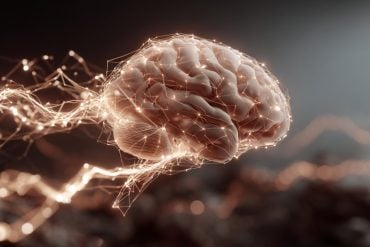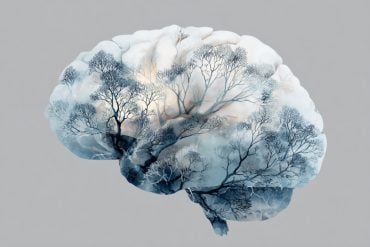Summary: Researchers at the Human Brain Project have identified and mapped 7 new areas of the insular cortex.
Source: Human Brain Project
All newly detected areas are now available as 3D probability maps in the Julich Brain Atlas, and can be openly accessed via the HBP’s EBRAINS infrastructure.
Their findings, published in NeuroImage, provide new insights into the structural organisation of this complex and multifunctional region of the human neocortex.
The human insular cortex, or simply “insula”, has gained the attention from researchers since the early 19th century. But a 3D cytoarchitectonic map of the insula that could be linked to neuroimaging studies addressing different cognitive tasks was thus far not available.
The HBP team from the University of Düsseldorf and Forschungszentrum Jülich analysed images of the middle posterior and dorsal anterior insula of ten human brains and used statistical mapping to calculate 3D-probability maps of seven new areas. The probability maps reflect the interindividual variability and localisation of the areas in a three-dimensional space.

Brain areas with differences in their cytoarchitecture – or the organisation of their cellular composition – also likely differ in function. Based on this hypothesis, the researchers aimed to better understand the differences in the microstructure of the insula, and to identify areas that may correlate with its diverse and complex multifunctionality.
The team found that the microstructure of the insula has a remarkable diversity and a broad range of cytoarchitectonic features, which might be the basis for the complex functional organisation in this brain region.
A cluster analysis based on cytoarchitecture resulted in the identification of three superordinate microstructural clusters in the insular cortex. The clusters revealed significant differences in the microstructure of the anterior and posterior insula, reflecting systematic functional differences between both entities.
The new maps are now openly available in the Human Brain Project’s Multilevel Human Brain Atlas on EBRAINS to support future studies addressing relations between structure and function in the human insula.
About this brain mapping research news
Author: Peter Zekert
Source: Human Brain Project
Contact: Peter Zekert – Human Brain Project
Image: The image is credited to Quabs et al
Original Research: Open access.
“Cytoarchitecture, probability maps and segregation of the human insula” by Quabs et al. NeuroImage
Abstract
Cytoarchitecture, probability maps and segregation of the human insula
The human insular cortex supports multifunctional integration including interoceptive, sensorimotor, cognitive and social-emotional processing.
Different concepts of the underlying microstructure have been proposed over more than a century. However, a 3D map of the cytoarchitectonic segregation of the insula in standard reference space, that could be directly linked to neuroimaging experiments addressing different cognitive tasks, is not yet available.
Here we analyzed the middle posterior and dorsal anterior insula with image analysis and a statistical mapping procedure to delineate cytoarchitectonic areas in ten human postmortem brains. 3D-probability maps of seven new areas with granular (Ig3, posterior), agranular (Ia1, posterior) and dysgranular (Id2-Id6, middle to dorsal anterior) cytoarchitecture have been calculated to represent the new areas in stereotaxic space.
A hierarchical cluster analysis based on cytoarchitecture resulted in three distinct clusters in the superior posterior, inferior posterior and dorsal anterior insula, providing deeper insights into the structural organization of the insula.
The maps are openly available to support future studies addressing relations between structure and function in the human insula.






